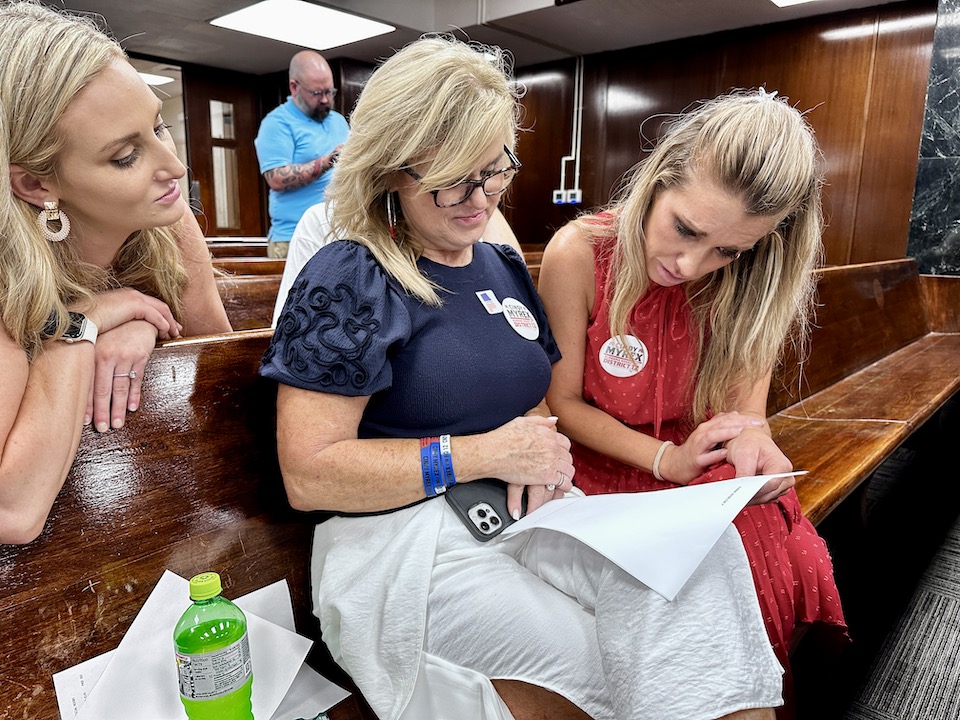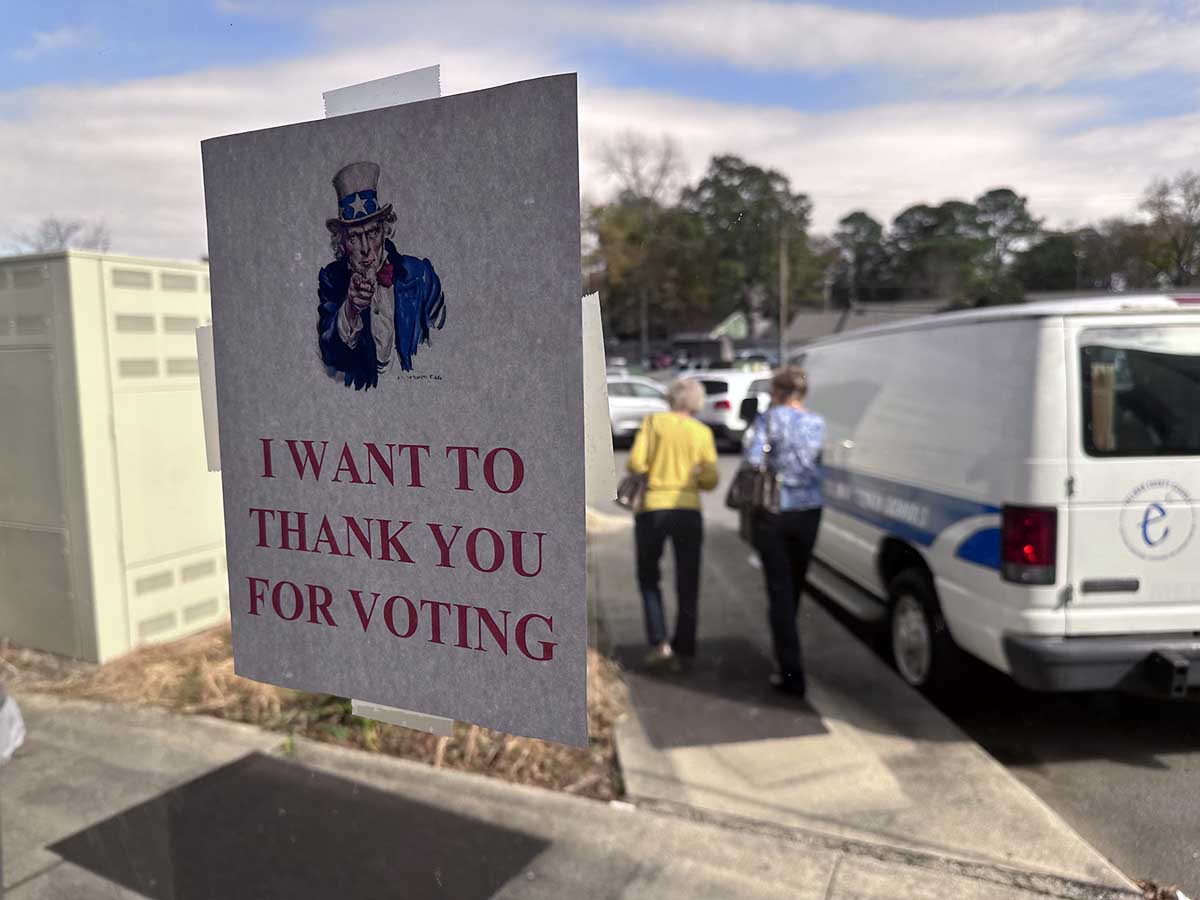New technology to help mapping system
Published 12:00 pm Wednesday, August 18, 2010
When the Cullman County Commission approves a new aerial photography contract, the county’s Geographic Information Systems (GIS) mapping capabilities will get a boost.
Trending
The commission will consider, within the next month, renewing or replacing the current agreement it has in place with a provider of aerial surveying and photography data for a continually-updated series of aerial photos that cover every acre of land in Cullman County.
GIS mapping, a versatile computer technology that affords both government and business sectors a nearly-infinite number of practical uses, visually superimposes man-made geographic data onto maps, aerial photographs, topographic images captured by satellite and the like—often in combination.
A practical example of how GIS can be used is the labeling of house numbers and county roads on an aerial photograph so that emergency services dispatchers can see where a residence lies in relation to its surroundings. The interactive nature of most GIS-enabled web pages and programs also affords users the ability to choose which visual features of a map or aerial photograph they need to see, and switch between those views at any time.
Revenue commissioner Barry Willingham, who has been the driving force behind the county’s increasing reliance upon GIS capabilities, uses GIS to give revenue employees—as well as anyone with an Internet connection—a birds-eye view of data related to property ownership throughout the county. Through the revenue office’s GIS website—located at http://isv.kcsgis.com/cullmanisv/—users can view overhead images of each parcel of land in Cullman County, as well as see information about owners, the properties’ tax appraisal value and similar information.
Say you want to see a boundary map of Cullman County with the main highways and county roads visible. The revenue office’s site allows you to do that—in fact, it’s the first thing you see when you visit the main page. If, instead of roads, you want to see a topographic map of the county-complete with contour lines denoting elevation—you can select the site’s “topo” feature. Similarly, by selecting “imagery,” the county’s site allows you to view scalable photographic images from above.
The site even allows the user to visualize buffers around a particular piece of land, or to see what other properties fall within a given radius from a user-specified center. While the buffer information on the site is meant only as a reference and cannot take the place of a surveyor’s work, the information can be useful for anyone with an interest in zoning, or in how far changes at a given site will reach in their effects on nearby property.
Trending
The county’s current aerial photo contract, with Tennessee-based G-Squared L.L.C., operates on a three-year cycle, with the company dividing the county into thirds and fully surveying each section from the air over the course of a year.
That contract, nearing its end, is up for renewal or replacement. While a decision is still a few weeks away on whether to re-up with G-Squared or select a new company to provide the service, Willingham said Tuesday that technological advances since the last contract was awarded mean the county can get more out of its next three-year agreement.
What the county currently receives are aerial photos known as orthophotographs—bird’s-eye photos that have been digitally corrected to correspond with the true map scale for a given piece of land. Though they are realistic enough to the naked eye, all photographs are geometrically distorted by camera tilt, lens distortion and the tricks that three-dimensional topography can play when its image is represented on a two-dimensional sheet of paper or computer screen.
Orthophotography uses software to correct the aerial photos so that they have the same two-dimensional accuracy as a man-made map, and can be overlaid onto a map with no discrepancies between the two.
In addition to the orthophotography service the county already uses, Willingham said aerial photographers can now incorporate Color Infrared (CIR) imagery into the photographic data they provide. That capability allows aerial photos to reveal a host of additional information not discernible to the eye.
“With the advancement of digital orthophotography, the county will be provided CIR imagery for no additional cost,” Willingham explained. “Traditionally, CIR imagery has been used the most in natural resources applications because of its ability to ‘see’ the health of vegetation. Natural resources are not the only place where CIR imagery is useful, though…[CIR] can be useful when doing a study of impervious surfaces, because they are so easily identifiable using this technology.”
That means the current generation of aerial photos will reveal surface features that previously may not have been visible from above.
What it also means is that infrared sensing can be used to detect evidence left by man-made process taking place just underneath the surface of the earth. That can prove useful to agencies like the county health department, which could enlist the technology to monitor septic lines for excess seepage or signs of stress—without having to send an inspector to the site for an initial visit.
Willingham said the aerial shots are currently shared among other county and state departments, and could be used by others in the future.
“These photos are used internally within the revenue commissioner’s office, and are made available to other local and state agencies, including the county road department, the state department of transportation, the city Industrial Development Board [IDB], the county IDB and the county health department,” he said. “Some departments may not have a current use for the imaging at the moment, but it will be here and will be available if it can be of use.”
* Benjamin Bullard can be reached by e-mail at bbullard@cullmantimes.com or by telephone at 734-2131 ext. 270.





